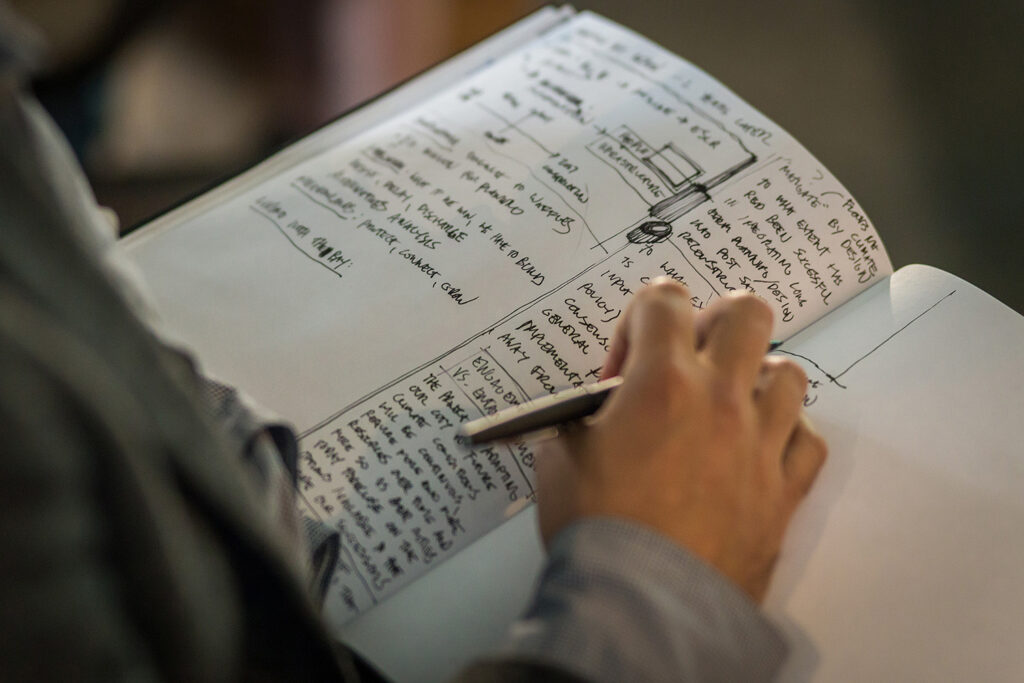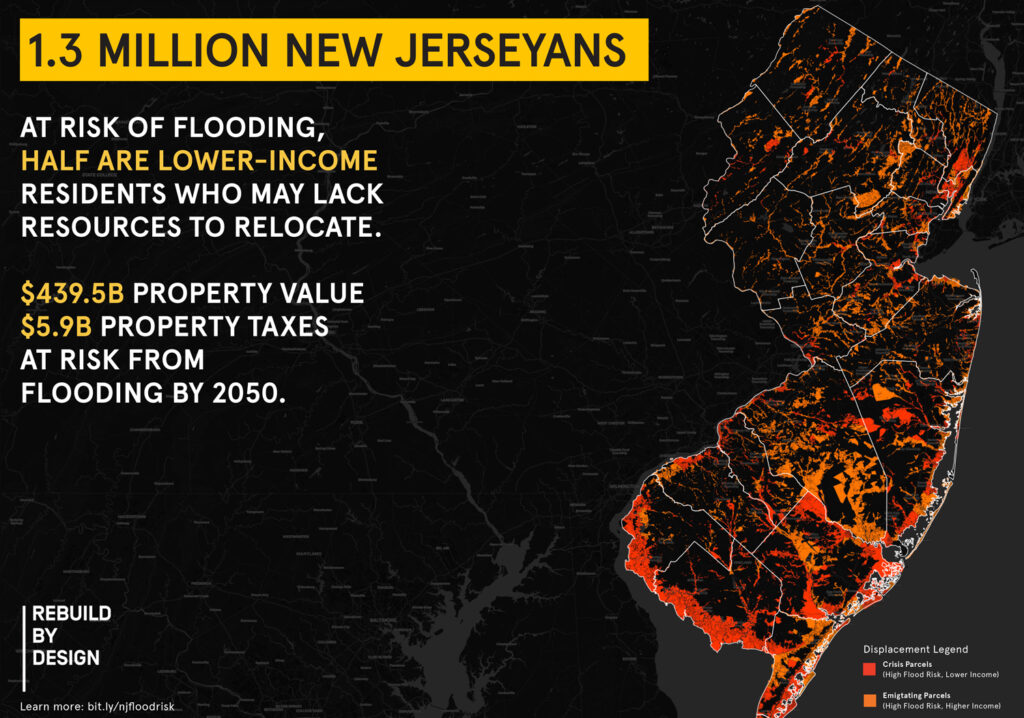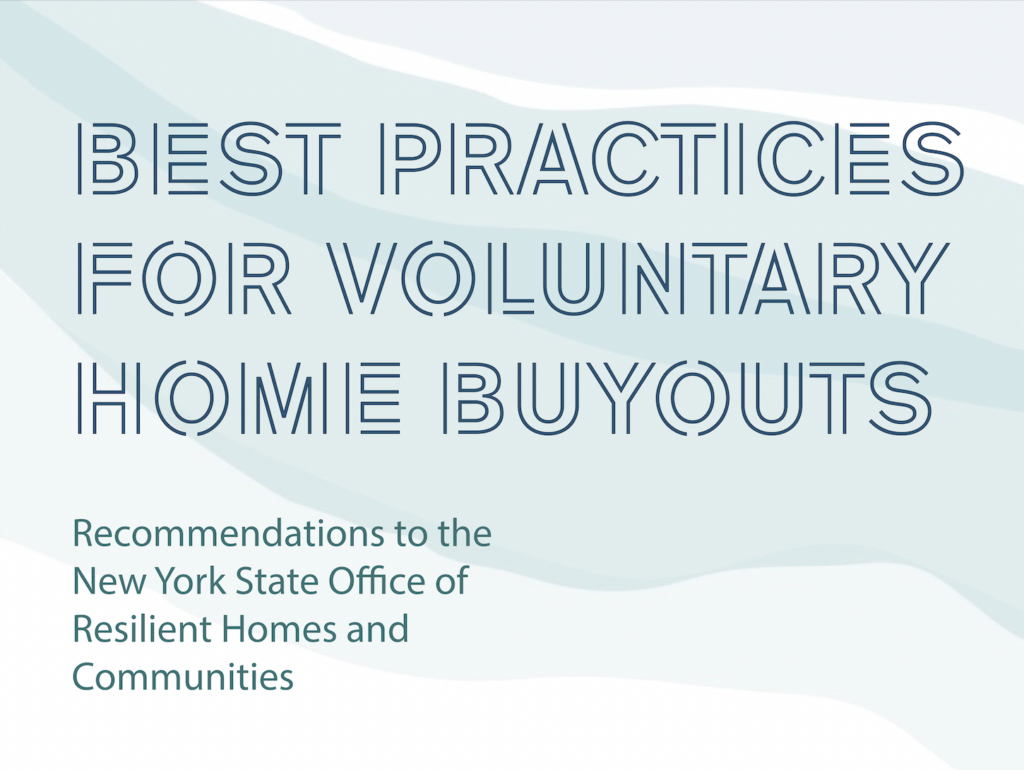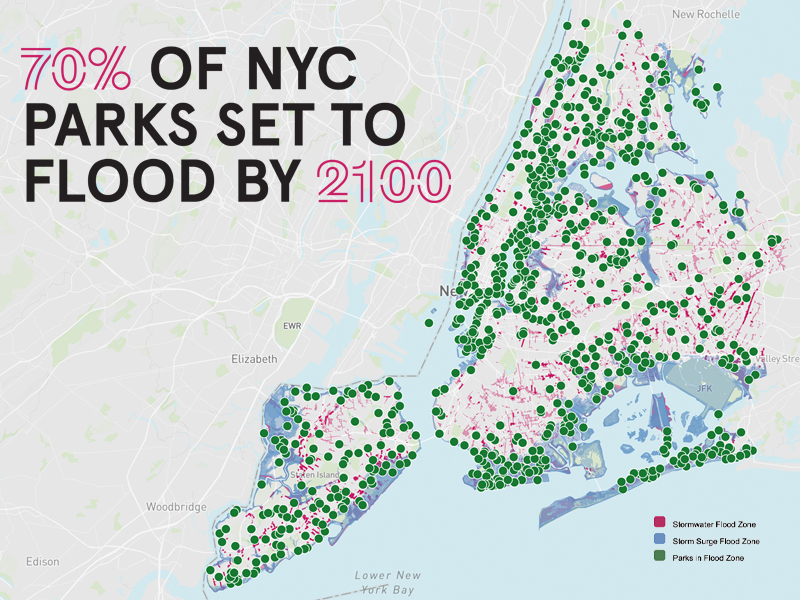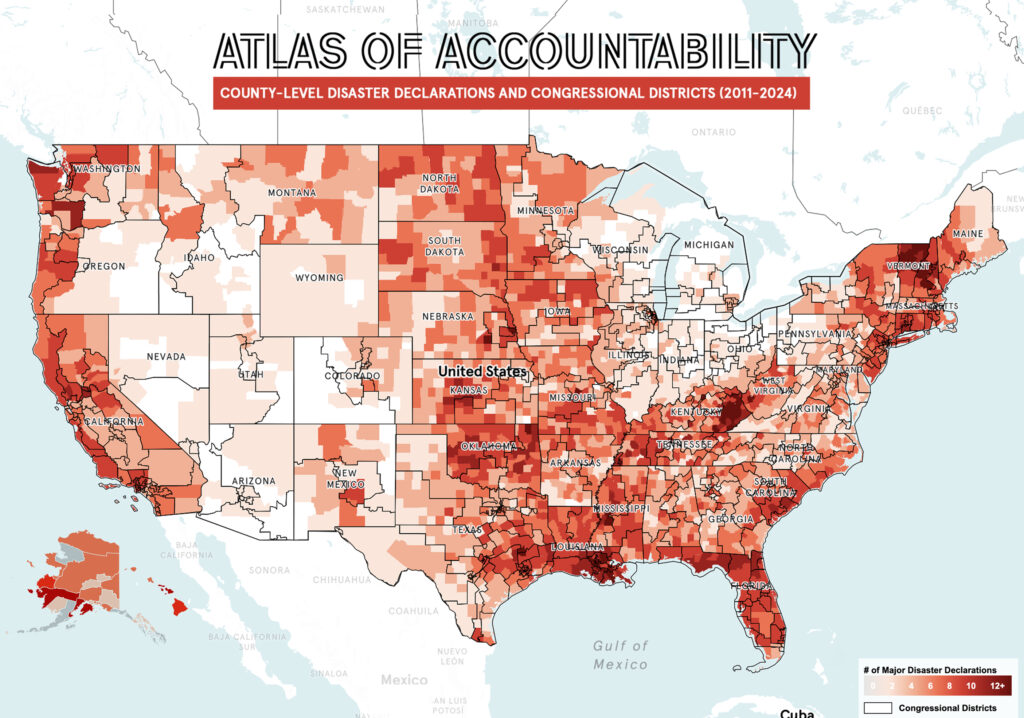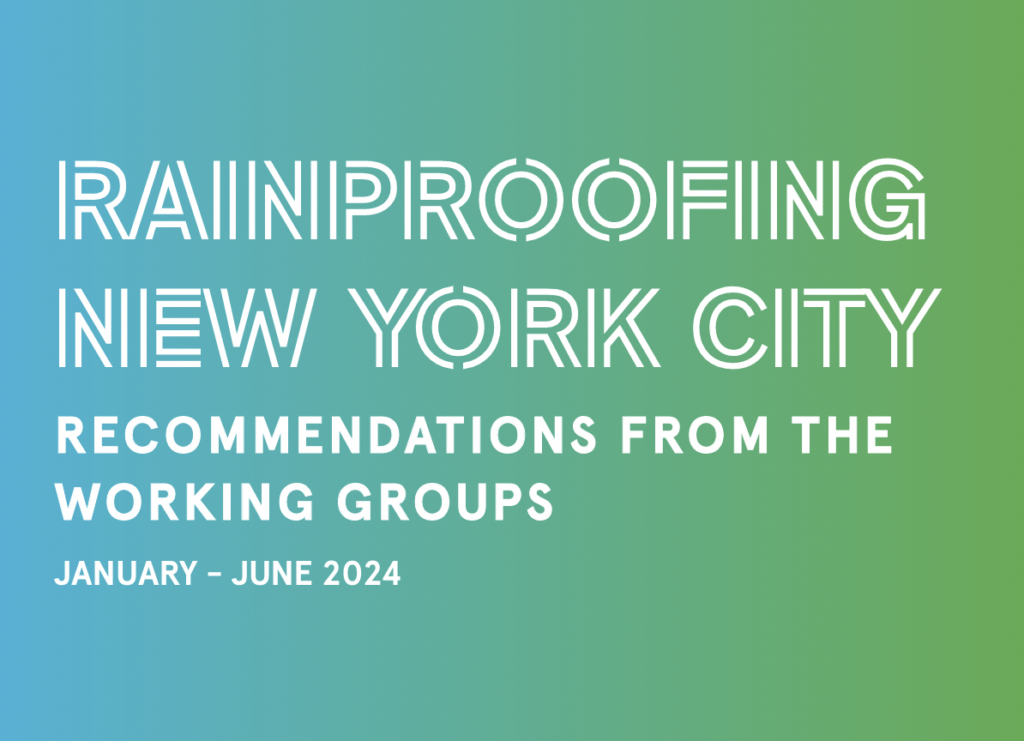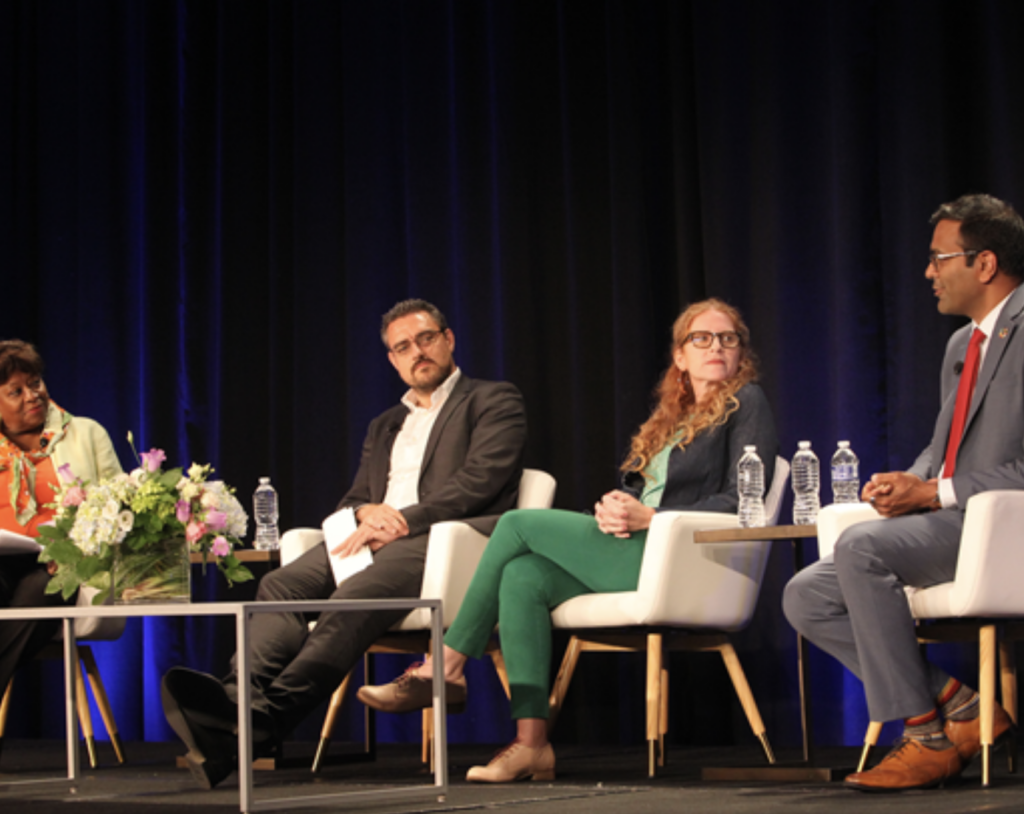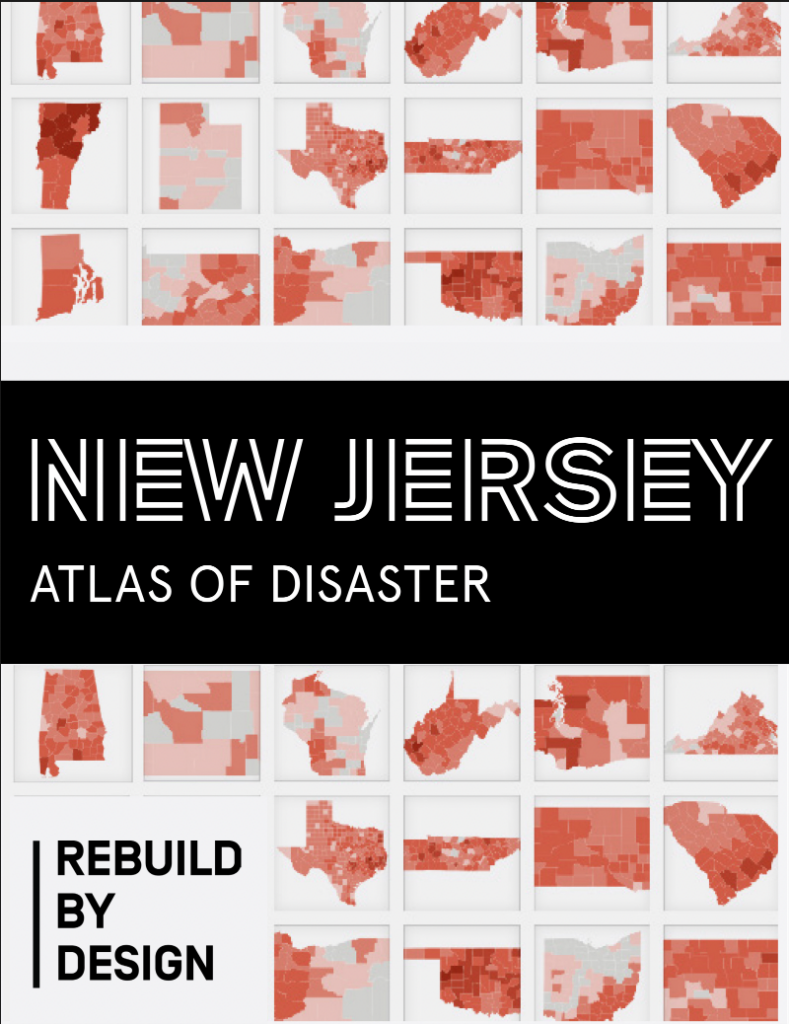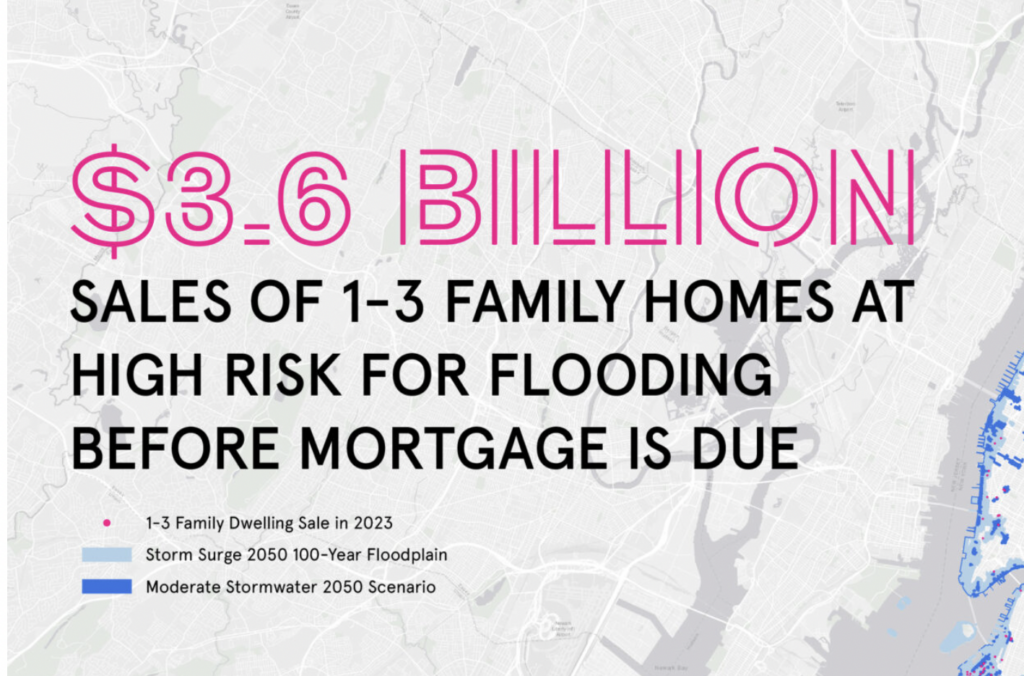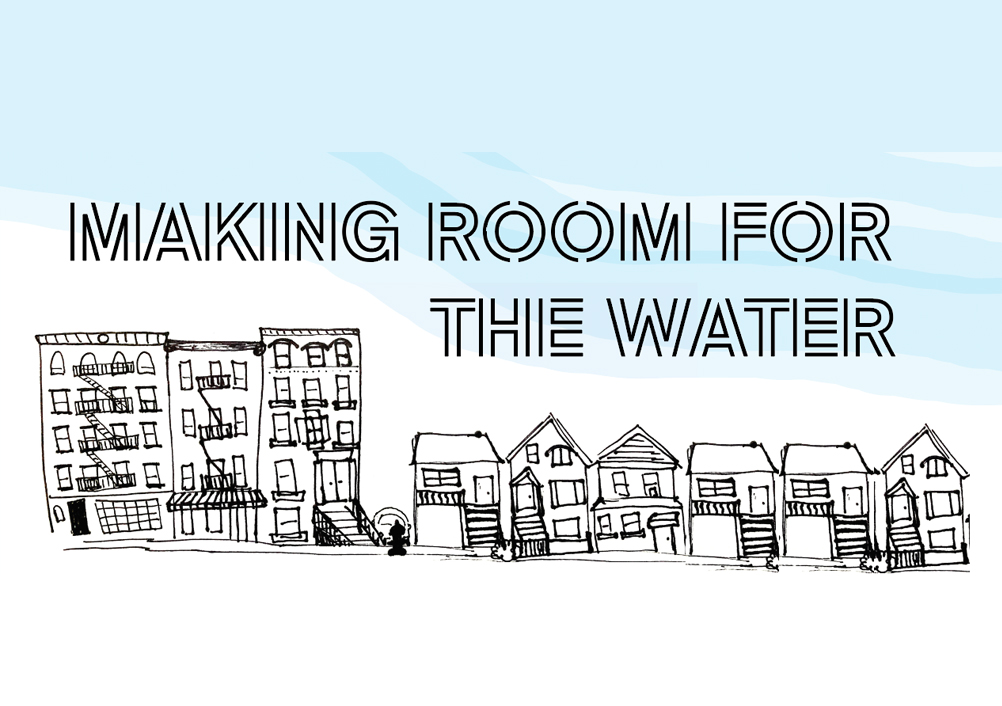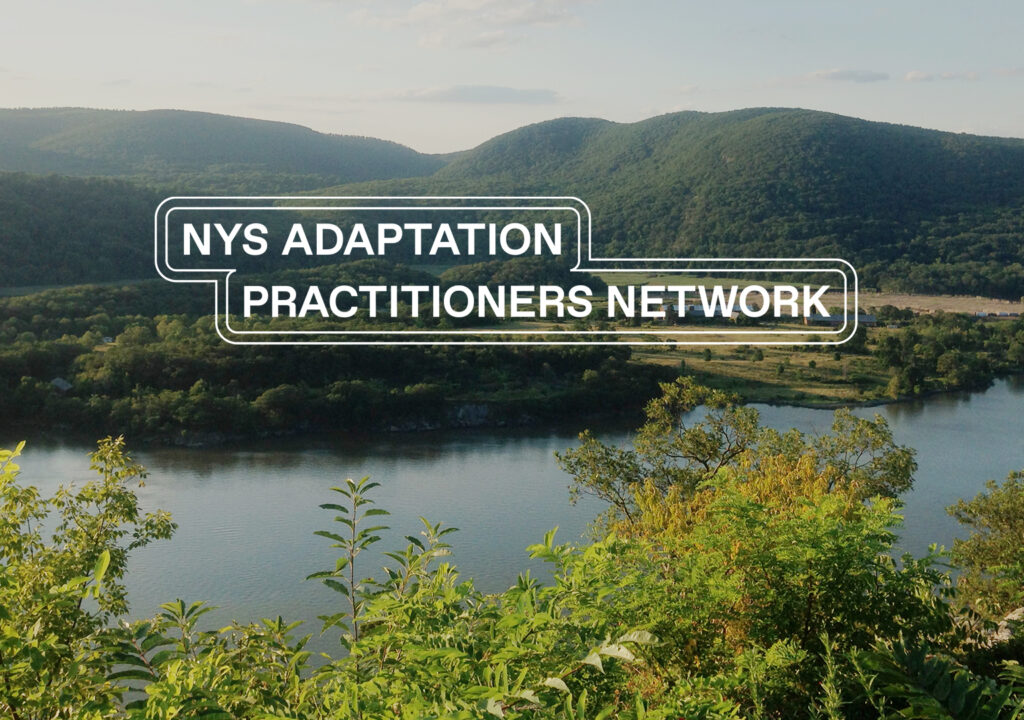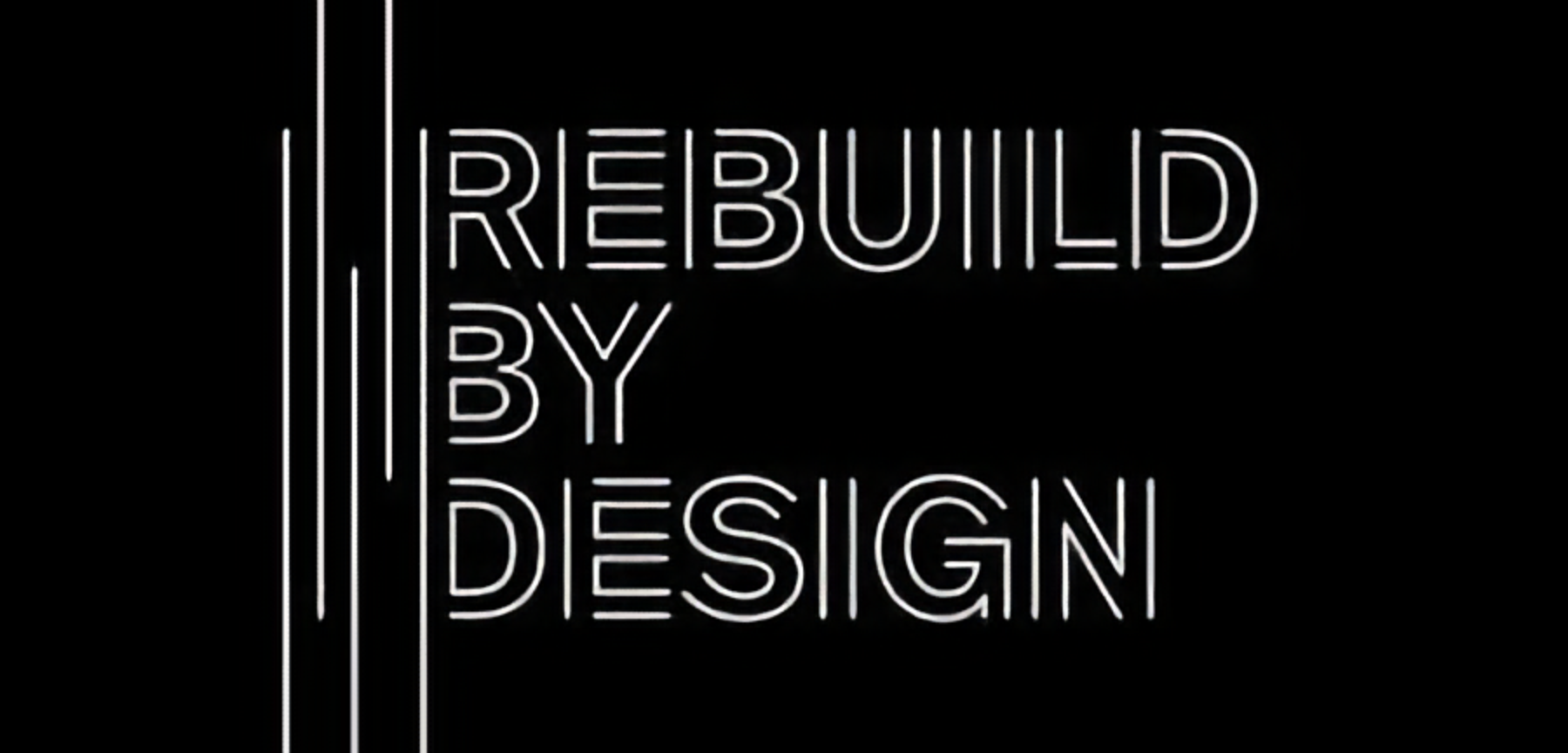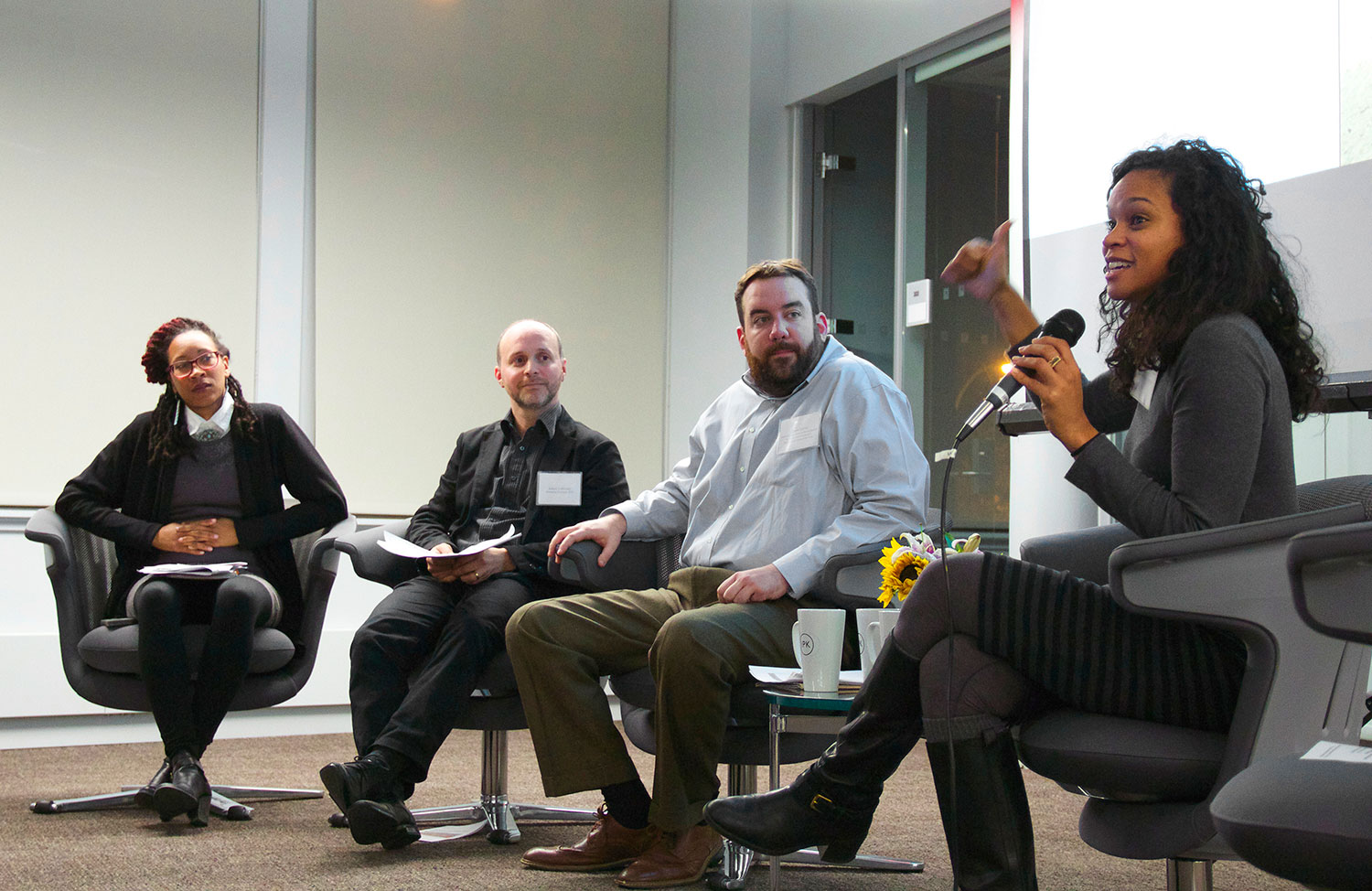
RESEARCH & POLICY
Rebuild by Design’s collaborative research and design approach is heavily rooted in understanding issues from multiple perspectives. By bringing together outside talent and local experts, Rebuild connects big picture problems with replicable solutions that can be embraced by communities and governments alike.
Further building on its collaborative problem-solving approach, Rebuild researches and surveys the outcomes from its projects and initiatives to help others learn from the experiences. Rebuild has documented the policy and regulatory barriers communities encounter as they work through proposed solutions and utilized these lessons and experiences to contribute to broader resilience policy at the federal level and conducted surveys on coast unbuilding. This process helps inform governments and innovators as they design and implement future projects.
